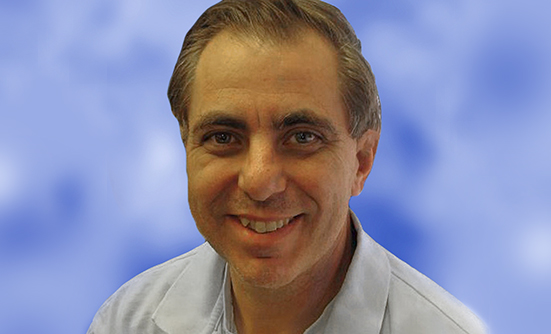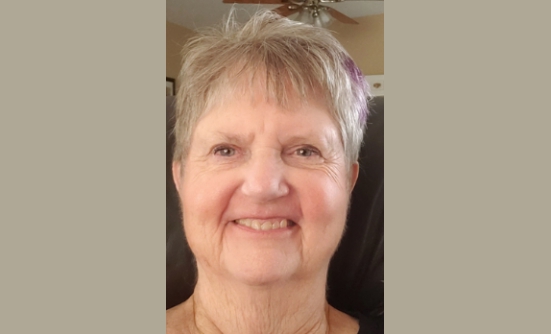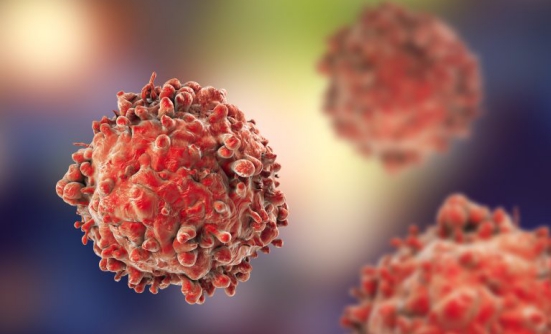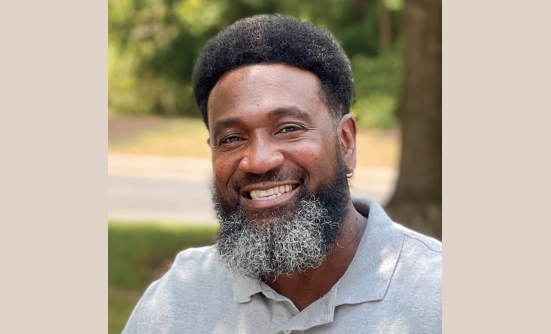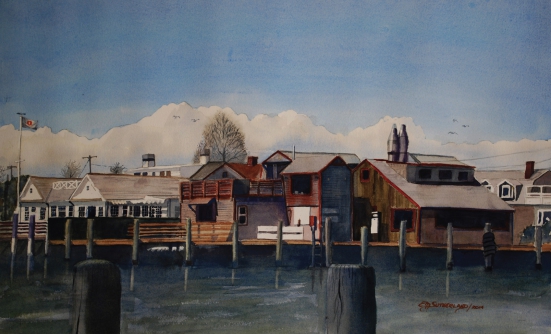What do people do when they have been told that they have an incurable disease? If you are a writer, you pour your heart out on the page as fast as you can before you change your mind. And that’s exactly what I did. As I look back on what I have been through, I must say, it seems like I’m looking at someone else’s life.
A Nightmare from Nowhere
As the years go by, it’s hard to remember much. However, I will never forget 2014. It was supposed to be the year of a fresh start for my wife, Carole, and me. Hopes and positive things lurked ahead. Instead, it ended as a nightmare.
Right before the holiday season, we learned that I had multiple myeloma. When I shared the news with my family in Las Vegas, they were devastated. Soon I was asked what exactly was multiple myeloma. Some heard “myeloma” and thought it was the skin cancer “melanoma.”
I didn’t even know what to tell them because, frankly, I had never heard of it before either. That was until I researched it on the Internet. When I found out that multiple myeloma was considered incurable, it gave me a lump in my throat.
When you find out that you have an incurable disease, it’s like a punch in the stomach.
Hearing this was a shock, because my wife Carole and I had just left our home in Las Vegas, Nevada, to live our dream of going back to California. A week before we left Las Vegas, my hip began to bother me. After putting off going to the doctor for a few days, it got so bad I could not walk. I finally had my wife drive me to the emergency department, better known as the ER.
A Long Process
After extensive tests, the doctor told me that he didn’t like the way the hip looked. The hemoglobin was low, and the ER doctor told me that I had anemia as well as problems with the bone marrow. He told me that I had the type of blood cancer that was “a cousin” to leukemia, suggesting that we go see a hematologist for a second opinion as soon as possible, to make sure it is the correct diagnosis. The cost of the entire stay in the ER came to $11,506.
In California, we met with Dr. Bourne, who ordered several lab tests, and then referred me to an oncologist/hematologist, Dr. Joshua Rosenberg.
Dr. Rosenberg confirmed the worst. I did have blood cancer, which Dr. Rosenberg told us was called multiple myeloma. Our hearts sank. It was like a knife going through us. We were told that multiple myeloma is a type of blood cancer that forms in the type of white blood cells called plasma cells in the bone marrow.
Multiple myeloma causes cancer cells to multiply abnormally in the bone marrow, where they crowd out healthy blood cells. Rather than produce helpful antibodies, the cancer cells produce abnormal proteins that can cause kidney problems.
No Plans to Die, at Astronomical Cost
Carole said that she had never been so scared in her life! I told my doctor that I had plans for the future, and that dying wasn’t part of it. Dr. Rosenberg set up aggressive treatments right away, which included chemotherapy. The chemotherapy consisted of 6 cycles of weekly infusions and oral drugs, or pills. This also included weekly lab tests to check my blood count and the myeloma cells levels.
The pills alone cost $5,000 a month. So, when you include the chemo infusions, labs, room rental while getting the infusion, as well as the nurse who goes with it, the cost for us was astronomical. The deductibles were high, as well as the copays, and all this only covers about 50% of the upcoming transplant procedure.
Dr. Rosenberg scheduled me to see a bone marrow transplant specialist at the City of Hope on April 21, 2015. As he consulted with the doctor there, he was told this included more lab tests. Fate soon determined that I needed the transplant. The stem-cell transplant procedure used in many patients with multiple myeloma was estimated to cost between $100,000 and $200,000.
When I decided to do this, the procedure left me with my system shut down, which put me at great jeopardy of catching infections. This was my greatest risk at that point. I was so weak from all the treatments, that my recovery was slow.
Chemotherapy and Transplant
Before I could have the stem-cell transplant, I had to be cancer-free. To do that, I went through intensive chemotherapy treatment. All the horror stories you have heard about chemo, I faced. And this was followed by the stem-cell transplant. Because my immune system was weak, I was watched in a hospital to make sure I didn’t get sick.
This is the standard treatment for this type of blood cancer. The breakthrough is that instead of looking for a matched donor for the stem cells, they now use the patient’s own stem cells. None of this was cheap.
Overwhelming Expenses
The doctor told me not to get stressed, but it’s hard not to when the bills keep coming in. As described above, the expenses were overwhelming, and caused me great distress, although I was at that critical stage where I needed to avoid such nervous tension to be able to continue healing.
At the time, I was working at a temporary job. My anemia soon set in, and I couldn’t work anymore. The stress about money made it difficult to concentrate. In the end, the treatment ended up costing more than $1.5 million. Carole thought to herself that I was only 54 years old at the time, and too young to have this happen to me.
Two in One Family
Luckily, I responded well to treatment through the love and prayers from friends and family. But then, during the periods that I was getting treatments, my wife had put off getting her check-up after she had noticed a lump on her breast.
When I finally seemed to be doing better, she had the lump checked out, and to our horror, she, too, was diagnosed with cancer. Two cancers in one family was all that we could take at that moment. Carole got good care, and after treatment she was told that she was cancer-free.
And as of 2019, I have been told that the cancer has not progressed through my body. Oh, I still have multiple myeloma, but it’s now treatable as a chronic disease, just like diabetes or other chronic diseases.
It was not a fun experience, but thanks to the Lord, I can forge ahead and get busy living.
Patient Resources
Multiple Myeloma Research Foundation
https://themmrf.org/multiple-myeloma/what-is-multiple-myeloma
Myeloma Crowd
https://myelomacrowd.org
National Cancer Institute
www.cancer.gov/types/myeloma/patient/myeloma-treatment-pdq





